- For developers
- Industry insights
- People in tech
- 14 Apr 2025
What is natural language generation? (NLG)
The acronym NLG stands for natural language generation.
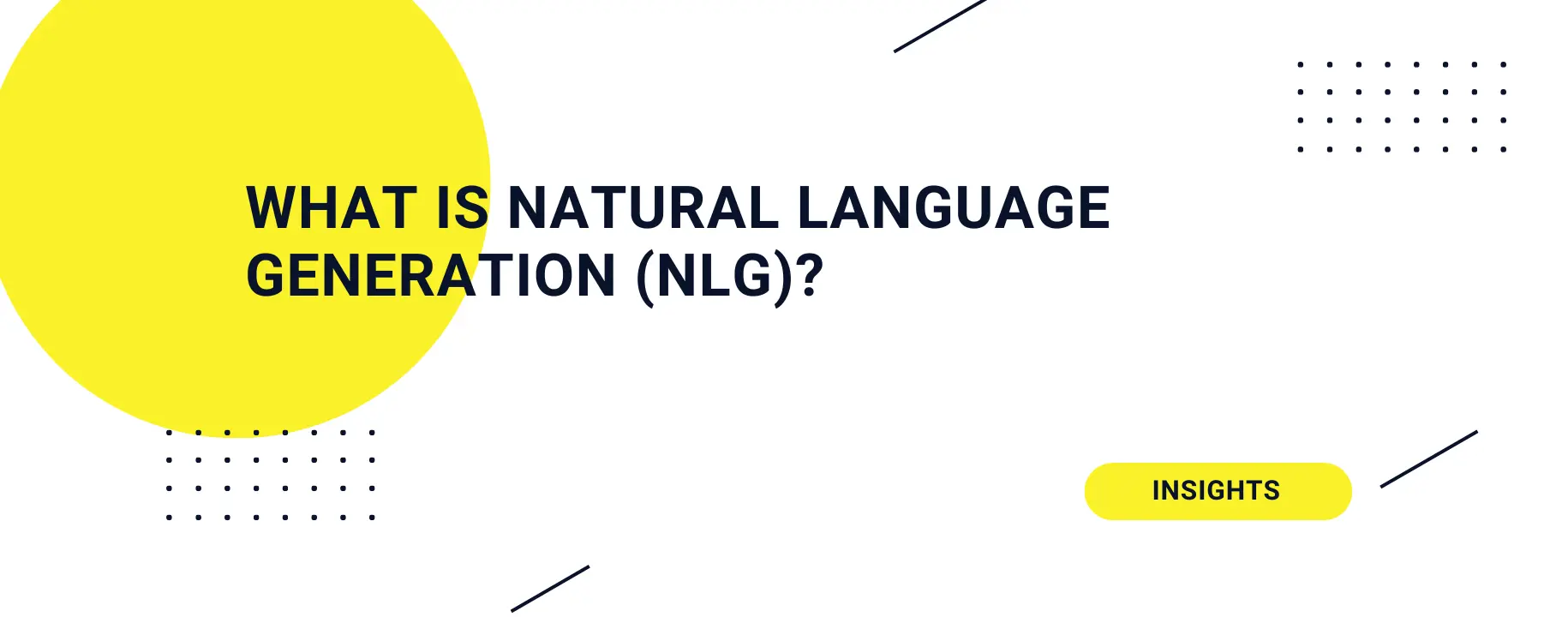

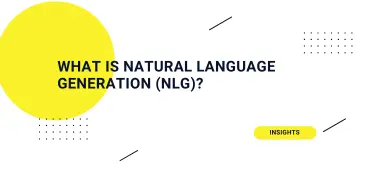
Table of contents
Contributors

Want to find out how computers can write text like a human? Read today’s article and discover what NLG is and what advantages it offers to you and your business!
What is natural language generation in AI?
The acronym NLG stands for natural language generation. As the name suggests, it is the technology that turns structured data into natural human language. Structured data is fixed and predefined, while unstructured data is fluent and has a human tone of voice. See an example below:
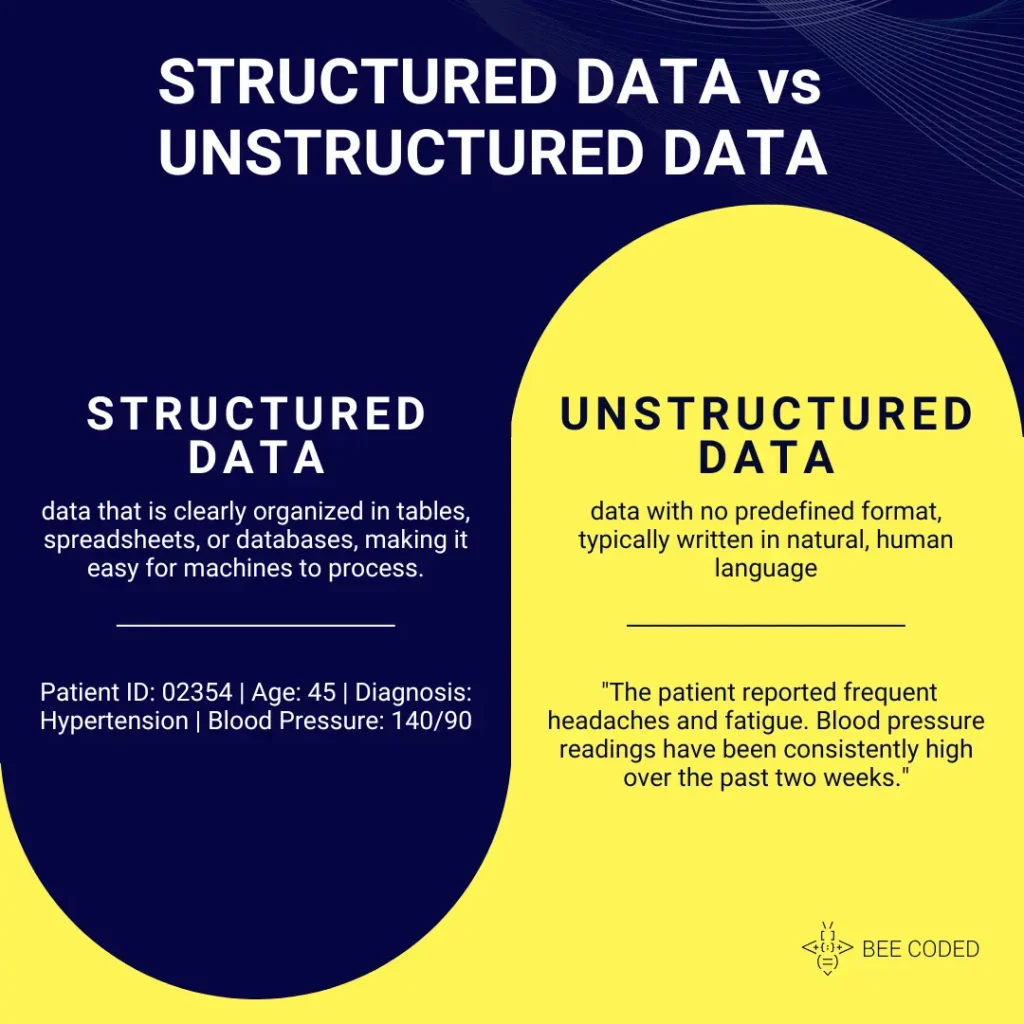
How does NLG work? Types of NLG models and methodologies
NLG works through six steps that transform raw data into coherent text:
- Content analysis
- Data understanding
- Document structuring
- Sentence aggregation
- Grammatical structuring
- Language presentation
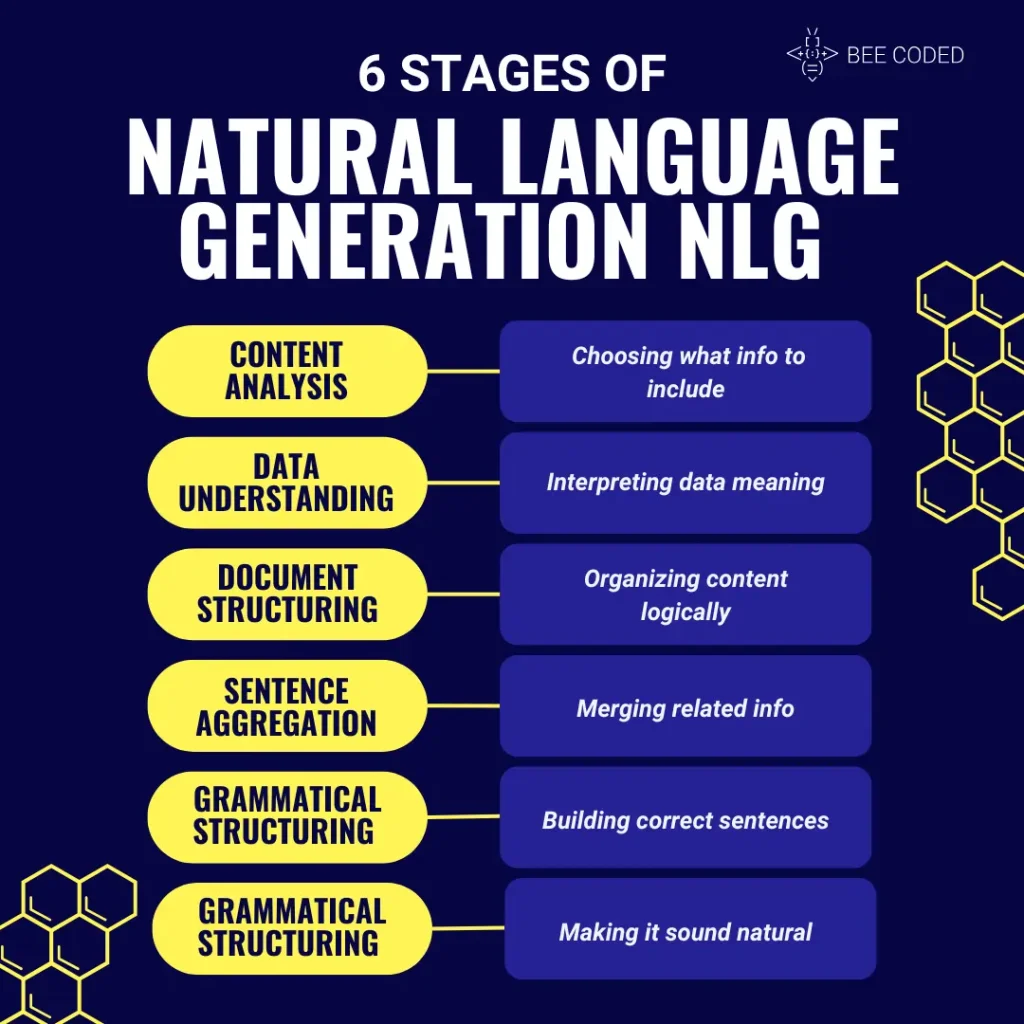
There are three main methodologies:
Computational linguistics
Computational linguistics studies language from a mathematical and algorithmic perspective. It analyzes how human language can be understood, processed, and generated using algorithms. It also uses rules about word meaning and grammar to help computers understand and analyze human speech.
Natural Language Processing (NLP)
NLP is the translator between computer and human language. Unlike NLG which generates text, NLP analyzes and understands human language. Thus NLG is a sub-category of NLP that goes one step further: it creates new text automatically based on data or commands.
Find out more about NLP in our article here.
Natural Language Understanding (NLU)
NLU focuses on understanding context and emotional nuances. With emotional analysis and a better understanding of human reactions, NLU helps systems respond empathically, in human-like language and tone. Through the words people use, NLU determines the speaker’s intent, emotions, and the purpose behind what they’re saying.
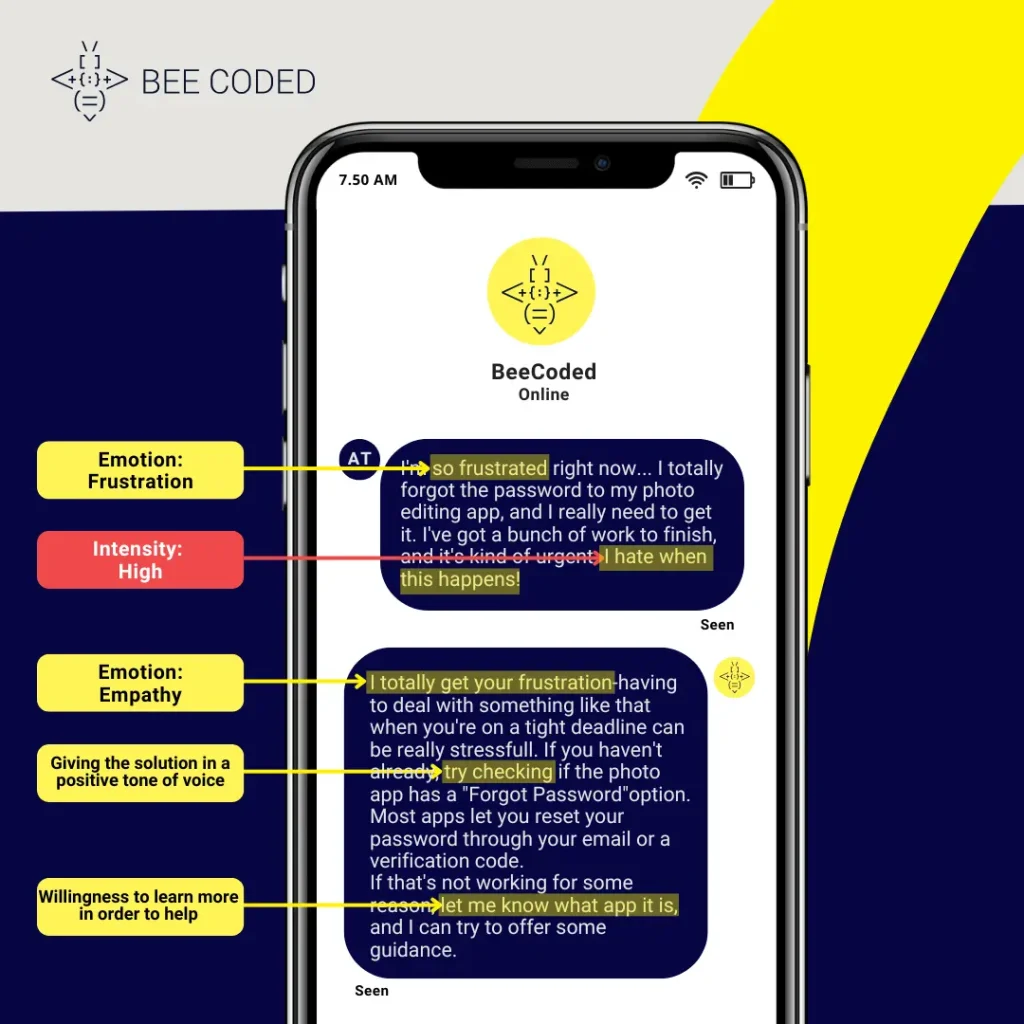
The Advantages of Using Natural Language Generation
NLG implementation revolutionizes customer communication and information processing. This technology transforms complex data into accessible narratives, enabling companies to communicate effectively and make informed decisions.
Rapid analysis of important data
NLG processes huge volumes of data in seconds, turning it into easy-to-understand reports. You can analyze massive databases and get clear summaries instantly. This rapid analysis allows you to generate customized reports that highlight exactly the information you need.
Response on your behalf on various domains
NLG can become the voice of your company in various channels. It can respond to your email and it can communicate effectively with customers, maintaining a consistent tone in all interactions.
Customer relationship improvement
By analyzing customer responses, NLG identifies the most effective ways to communicate. The systems learn from previous interactions to choose the best responses, personalizing communication and significantly improving customer relationships.
Image captioning and description
NLG automatically generates descriptions for images, which is very useful in the e-commerce industry. The systems create accurate descriptions for products based on their images, ensuring consistency between visual and textual content and checking the correspondence between text and images.
Creative writing and computational humor
NLG can also be used for creative writing, from product descriptions to content in various domains. Systems such as JAPE (Joke Analysis and Production Engine) can generate computational humor, opening up new possibilities for natural interactions with users.
Integrate NLG in your business
Want to take your business to the next level? In this digital age, NLG integration is the solution you are looking for. Companies specializing in natural language generation offer customized solutions that transform customer interactions. Among these solutions are:
- AI chatbots
- Generative AI,
- E-commerce chats with automated responses
- Database analytics.
SAAS services make this technology accessible to all businesses. If you want to learn more, discover our customized SAAS solutions.
NLG FAQ
What is natural language generation used for?
NLG helps computers communicate in easy-to-understand human language. Instead of raw data, you receive information presented naturally, as if a person were explaining complex things to you in a way you can understand.
What is the difference between NLG and NLP?
NLP transforms language into structured data, NLU provides syntactic and contextual understanding and NLG generates natural language responses. Simply put: NLP understands what you say, while NLG formulates what the computer says.
What techniques are used in NLG?
NLG uses six main techniques: 1. content analysis (choosing what info to include), 2. data comprehension (interpreting data meaning), 3. document structuring (organizing content logically), 4. sentence aggregation (merging related information), 5. grammatical structuring (building correct sentences), and 6. language presentation (making it sound natural). These steps transform raw data into authentic human communication.
12 Natural Language Processing techniques used to process text by data scientists
What is natural language processing (NLP)?
Money in Motion: First App to Integrate Open Banking for All Romanian Banks and Revolut, Partnered with Finqware